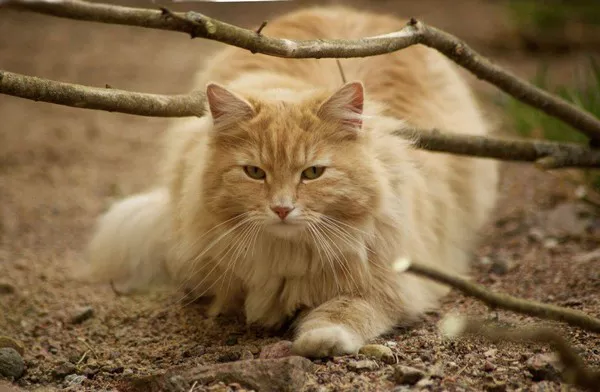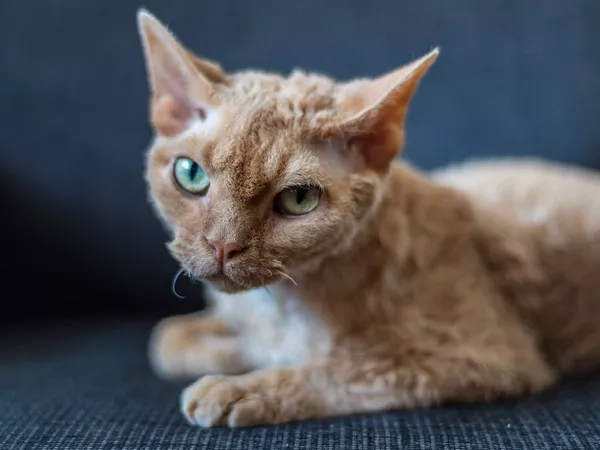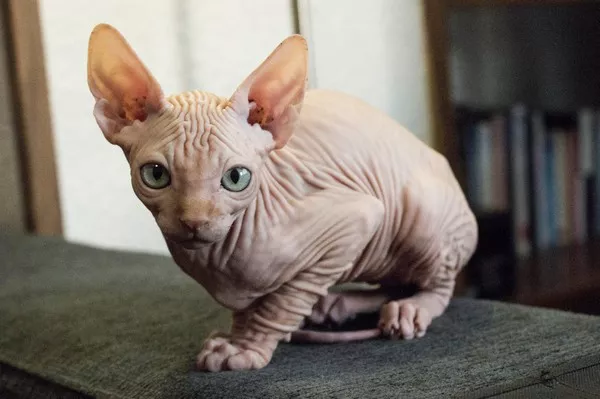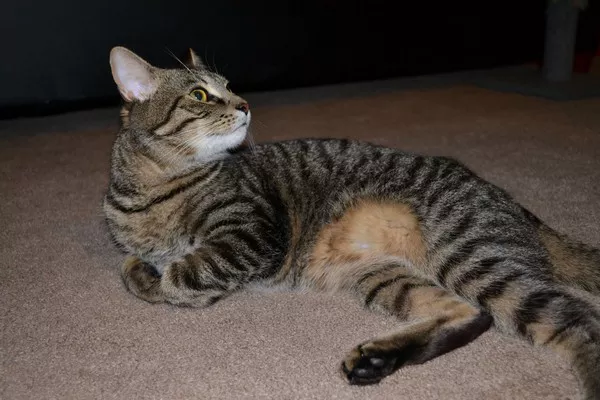Norwegian Forest Cats are known for their majestic appearance, independent nature, and playful demeanor. As cat lovers consider adding a Norwegian Forest Cat to their family, it is essential to understand their compatibility with other cats. In this article, we explore the social dynamics of Norwegian Forest Cats and provide insights into their ability to get along with other feline companions. By understanding their natural instincts, temperament, and behavior, cat owners can make informed decisions about introducing a Norwegian Forest Cat into a multi-cat household.
Understanding the Norwegian Forest Cat
a. History and Background: Norwegian Forest Cats originated in Norway and are believed to have evolved to thrive in the harsh Scandinavian climate. They possess physical characteristics such as a dense double coat, muscular build, and tufted ears.
b. Personality Traits: Norwegian Forest Cats are known for their friendly, affectionate, and independent nature. They often enjoy the company of their human family members and have a playful, adventurous spirit.
Feline Social Dynamics
a. Instinctual Behaviors: Cats, including Norwegian Forest Cats, have instinctual behaviors related to territoriality, hierarchy, and establishing social bonds. These behaviors play a role in how they interact and form relationships with other cats.
b. Individual Cat Personalities: Each cat, regardless of breed, has a unique personality that influences their compatibility with other cats. Some cats may be more sociable and accepting, while others may be more territorial or reserved.
Introducing Norwegian Forest Cats to Other Cats
a. Slow and Gradual Introduction: When introducing a Norwegian Forest Cat to an existing cat, it is crucial to take a slow and gradual approach. This allows the cats to become familiar with each other’s scents and gradually interact in a controlled environment.
b. Separate Territory and Resources: Initially, providing separate areas for each cat, such as separate rooms or designated spaces, allows them to establish their territories and feel secure. Each cat should have access to their resources, including litter boxes, food bowls, and resting areas.
c. Scent Exchange and Positive Associations: Using scent exchange techniques, such as swapping bedding or rubbing a cloth on each cat, can help familiarize them with each other’s scent. Additionally, associating positive experiences, such as treats or playtime, during supervised interactions can create positive associations between the cats.
Signs of Compatibility
a. Body Language and Communication: Cats communicate through body language. Positive signs include relaxed body postures, slow blinking, grooming, and shared play sessions. Conversely, signs of tension or aggression, such as growling, hissing, or swatting, indicate potential conflicts.
b. Mutual Grooming and Sleeping Together: Mutual grooming and sleeping together are positive indicators of bonding and acceptance between cats. These behaviors demonstrate a level of trust and companionship.
c. Playful Interactions: Playful interactions, such as chasing, pouncing, and wrestling, are natural behaviors among cats. Engaging in play sessions together can foster positive relationships and help cats establish social bonds.
Managing Potential Challenges
a. Neutering/Spaying: Neutering or spaying both male and female cats can help reduce territorial and aggressive behaviors, making it easier for them to coexist with other cats.
b. Providing Sufficient Resources: Ensuring an adequate number of litter boxes, food bowls, resting areas, and scratching posts helps minimize competition and potential conflicts over resources.
c. Environmental Enrichment: Providing environmental enrichment, such as vertical spaces, hiding spots, and interactive toys, can help cats release excess energy, reduce stress, and create a more harmonious living environment.
Professional Assistance and Mediation
a. Seeking Professional Advice: In cases where cats are experiencing significant conflicts or difficulties in getting along, consulting with a professional, such as a veterinarian or animal behaviorist, can provide valuable guidance and intervention strategies.
b. Behavior Modification Techniques: Behavior modification techniques, tailored to the specific needs of the cats involved, can help address any underlying issues and facilitate positive interactions. These techniques may include desensitization, counter-conditioning, or structured reintroduction protocols.
Patience, Observation, and Monitoring
a. Time and Patience: Building positive relationships between cats takes time and patience. It is essential to allow cats to adjust at their own pace and not force interactions.
b. Continuous Observation: Continuously observing and monitoring the interactions between cats helps identify any signs of stress, aggression, or discomfort. Prompt intervention can prevent potential conflicts from escalating.
c. Adjusting Expectations: Each cat’s personality and their history of socialization may influence their ability to get along with other cats. Adjusting expectations and accepting that not all cats will become best friends is crucial.
Conclusion
Norwegian Forest Cats have an adaptable and sociable nature, which often facilitates positive relationships with other cats. However, successful integration into a multi-cat household requires careful introductions, patience, and understanding of individual cat personalities. It is important to recognize and respect the boundaries and preferences of each cat involved. While some cats may quickly form close bonds, others may coexist more independently. By following appropriate introduction techniques, managing resources, and seeking professional advice if needed, cat owners can foster a harmonious living environment where Norwegian Forest Cats and other feline companions can coexist happily and comfortably.



























